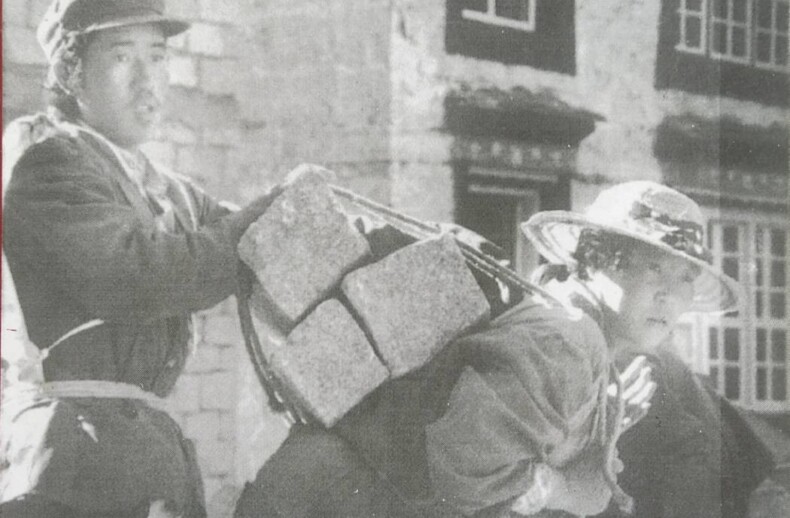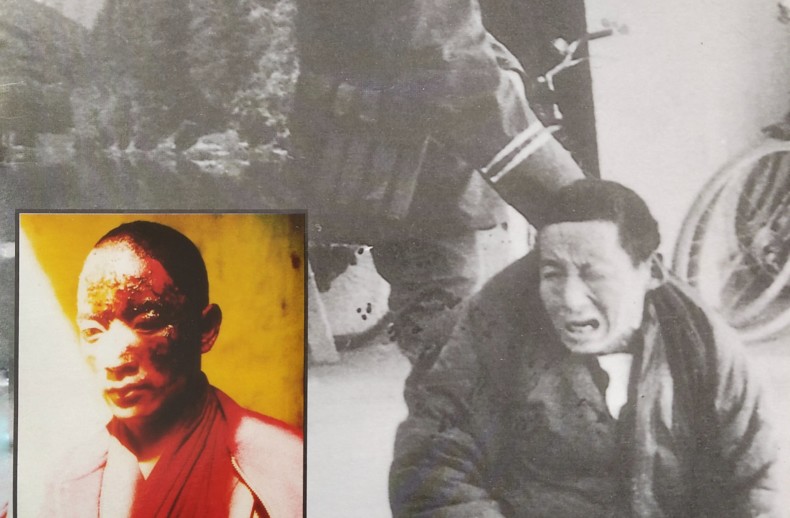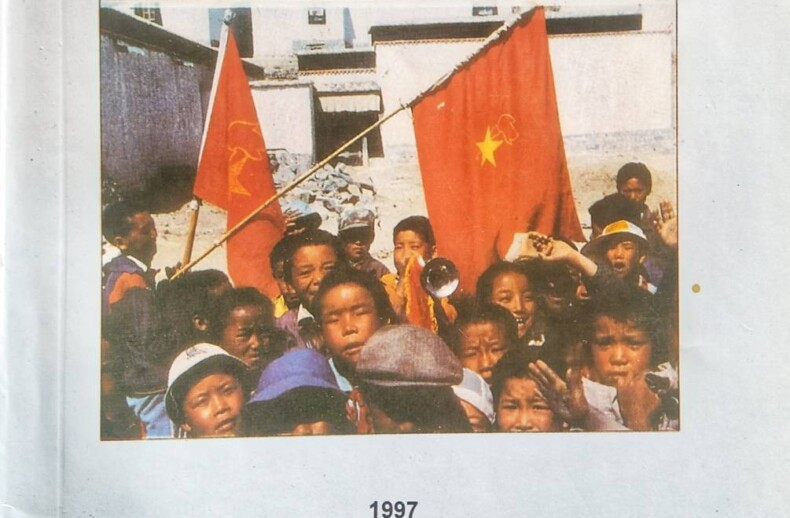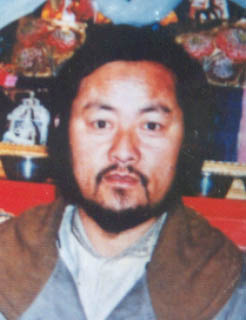A Tibetan monk from Drepung monastery in Lhasa, Ngawang Samphel (33), was arrested in early April 1999 for suspicion of political acts. At present his whereabouts are unknown. This is the second time that Ngawang has been arrested. His first detention in Gutsa Detention Centre was for taking part in a peaceful demonstration on 27 September 1988, with five other monks from Drepung monastery.
On 27 September 1988, Ngawang Samphel and five other Drepung monks, Ngawang Zegen (22), Ngawang Chemey (30), Ngawang Thosam (28), Jamphel Wangchuk (28) and Jamphel Sherab (31) staged a peaceful demonstration in the Barkhor in Lhasa, shouting slogans calling for Tibetan independence. The officials of the People’s Armed Police (PAP) and Public Security Bureau (PSB) immediately arrested them. They were taken to Gutsa Detention Centre, located to the east of Lhasa. While in detention, the six monks were subjected to severe torture. As a result of the torture Ngawang’s friend Ngawang Zegen from Toelung County, died in 1989 approximately one month after his release.





